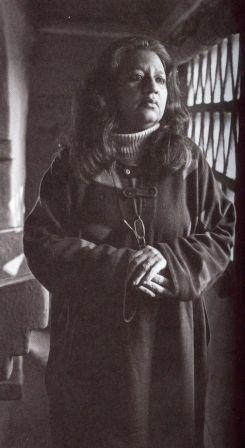Education and early career
She obtained her Bachelor's degree in Architecture (1977) and completed a post-graduate programme in Urban and Regional Planning (1981) both from the School of Planning and Architecture, Delhi. [4] After graduation, she worked with Stein, Doshi and Bhalla for a year and later with Rassik International, Architects and furniture designers in New Delhi. In 1979, she started work with The GRUP (Group for Rural & Urban Planning), a partnership firm between Vasant Kamath, Romi Khosla and Narendra Dengle. She has also worked for the National Institute of Urban Affairs in 1981. She was visiting Faculty (1984–87) and Assistant Professor (1987–91) at the School of Planning and Architecture, New Delhi.
Architectural practice
In 1981, she opened a firm with Vasant Kamath, "Revathi and Vasant Kamath", which later came to be known as "Kamath Design Studio - Architecture, Planning and Environment" (2005). The studio has handled a wide variety of projects, in diverse social, economic and geographical contexts. The Anandgram Project for Rehabilitation of slum dwellers near Shadipur Depot, Delhi was one of the earliest in early 1983. Revathi Kamath is noted for her sensitive efforts for conceiving the "Evolving Home" concept for redevelopment. She consulted with 350 families to understand individual needs and to give them a first home on the ground. [5]
Three of her projects have been nominated for the Aga Khan Award. They are the Akshay Pratishthan School in Delhi, Community Center at Maheshwar and Nalin Tomar House at Hauz Khas, Delhi. [6]
Revathi has contributed to the exhibition – "Traditional Architecture in India" [7] for the festival of India in Paris, in 1986. She was also on the contributing design team for the Eternal Gandhi Multimedia Museum. She was co-curator and designer for the exhibition "Craft: A Tool for Social Change" for VHAI (Voluntary Health Association of India) in 2003. [8] She worked for the Museum for Tribal Heritage, Bhopal, the Gnostic Center, Delhi, a research center for growth of consciousness, Jiva Wellness Center and Jiva University for Yogic Sciences also.
This page is based on this
Wikipedia article Text is available under the
CC BY-SA 4.0 license; additional terms may apply.
Images, videos and audio are available under their respective licenses.
